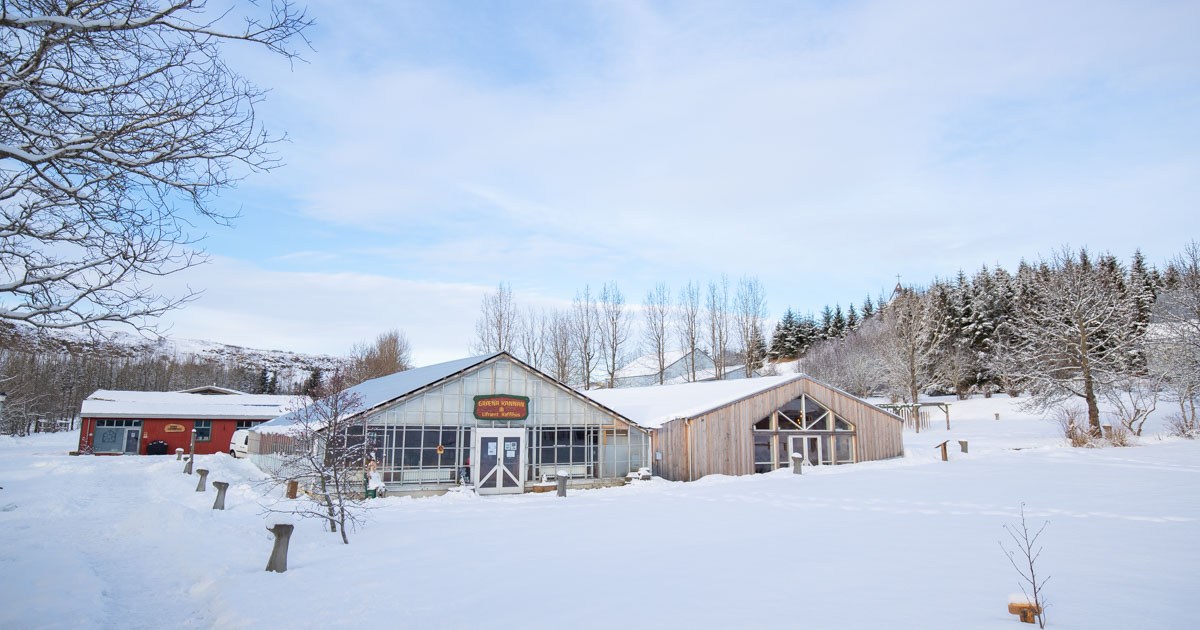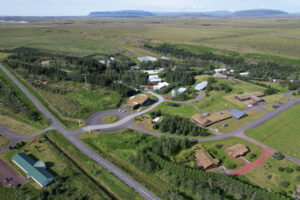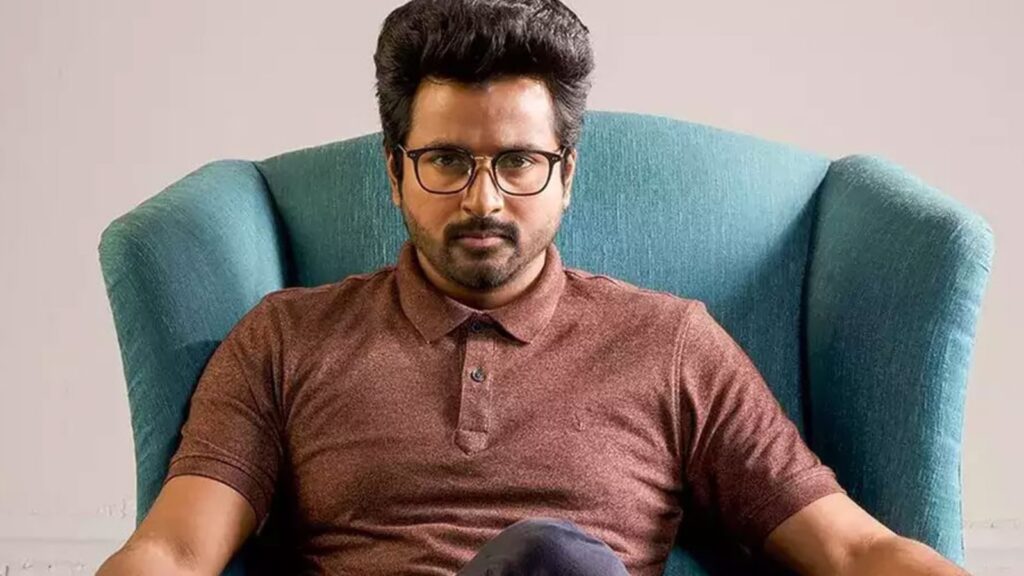Sólheimar, Iceland: An Eco-Village of Sustainability, Community, and Creativity!

Iceland is often praised for its natural wonders, glaciers, waterfalls, volcanoes, and geothermal hot springs. But beyond its landscapes lies another treasure: Sólheimar Eco-Village, one of the oldest intentional sustainable communities in the world. Founded in 1930, Sólheimar is not just a village; it is a philosophy in practice, a place where people of all abilities live and work together in harmony with nature, producing art, growing food, and demonstrating alternative ways of living.
This article explores Sólheimar’s history, philosophy, environmental practices, social structure, cultural contributions, visitor opportunities, and global significance, making it a fascinating case study in how small communities can re-imagine life on a human and ecological scale.
The Origins of Sólheimar
Sólheimar, which translates as “Home of the Sun”, was established by Sesselja Sigmundsdóttir, an Icelandic woman deeply influenced by social pedagogy and anthroposophical ideas (similar to Rudolf Steiner’s philosophies).
Her vision was to create a home and community where children and adults with special needs could live side by side with others, rather than being institutionalized or marginalized. In 1930, she acquired the site of Hverakot, then little more than a barren patch of land in southwest Iceland.
The early years were difficult. Residents lived in tents and makeshift shelters while trying to cultivate the soil, grow food, and build permanent structures. By 1932, children with learning disabilities were part of the community. This was revolutionary for its time: in much of Europe, children with disabilities were still hidden away, stigmatized, or sent to asylums.
Sólheimar thus became a pioneering project of inclusion decades before disability rights and integration became mainstream ideas.
Philosophy and Core Values
The heart of Sólheimar is not just about caring for people with special needs but about creating an integrated, sustainable, and creative community. Its guiding values include:
-
Inclusivity: People with disabilities (often referred to as “special friends” in the community) are not segregated but live, work, and create alongside others.
-
Sustainability: Self-sufficiency in food and energy, organic farming, renewable energy, forestry, and recycling.
-
Creativity and Work: Every person is encouraged to participate in productive activities, such as arts, crafts, gardening, forestry, providing both livelihood and a sense of purpose.
-
Community and Sharing: Sólheimar emphasizes shared meals, collective responsibility, and a family-like atmosphere.
-
Connection to Nature: Living in harmony with the Icelandic landscape, respecting natural cycles, and using resources wisely.

Infrastructure and Daily Life
Today, Sólheimar has around 100 residents, a mix of long-term community members, volunteers, staff, and people with special needs. Despite being small, the village has all the essentials of community life:
-
Housing: Simple but warm Icelandic homes, with communal spaces for meals and gatherings.
-
Greenhouses: Powered by geothermal energy, these grow vegetables such as tomatoes, cucumbers, peppers, and herbs, which are rare in Iceland’s climate.
-
Forestry: Sólheimar has engaged in reforestation, planting thousands of trees in a country that was heavily deforested centuries ago.
-
Workshops: Candle making, soap production, weaving, ceramics, woodwork, and art studios where both residents and visitors can participate.
-
Shops and Café: Selling local crafts, food, and organic products.
-
Energy: A mix of geothermal and solar energy supplies heating and electricity, reducing reliance on external sources.
-
Community Hall: For performances, meetings, concerts, and cultural events.
Every resident contributes according to their ability, working in the greenhouses, helping in the kitchen, creating handicrafts, or assisting with forestry. The ethos is that everyone has value and everyone has a role.
Sustainability Practices
Sólheimar is internationally recognized as a model of sustainability. Some practices include:
-
Organic farming: No chemical pesticides or fertilizers are used. The greenhouses provide fresh vegetables for residents and visitors.
-
Renewable energy: Geothermal water heats buildings and greenhouses; solar panels complement this.
-
Waste recycling: The community sorts waste, reuses materials, and composts organic matter.
-
Reforestation: Iceland has one of the lowest forest covers in Europe. Sólheimar’s tree-planting project helps combat erosion, increase biodiversity, and sequester carbon.
-
Eco-tourism: Visitors who stay in the guesthouses are encouraged to live lightly, learn about sustainable practices, and support the community through fair trade.
Arts, Crafts, and Creativity
One of the most unique features of Sólheimar is its thriving arts and handicraft workshops. Residents produce:
-
Handmade candles in various designs.
-
Soaps and natural skincare products.
-
Weavings and textiles from Icelandic wool.
-
Ceramics and pottery, often with distinctive Icelandic motifs.
-
Woodcrafts made from local timber.
These products are sold in the Sólheimar shop, in Reykjavík markets, and to tourists. The crafts not only generate income but also empower residents with disabilities, giving them pride in their work.
Art is also seen as therapy and expression. Music, theatre, painting, and dance play important roles in daily life.
Visitor Experience
Sólheimar welcomes guests, volunteers, and tourists who want to experience eco-village living.
-
Accommodation: Guesthouses like Brekkukot offer cozy stays with views of Iceland’s landscapes.
-
Tours: Visitors can take guided tours of the workshops, greenhouses, and forestry projects.
-
Volunteering: Many international volunteers come for weeks or months, working alongside residents and learning sustainable practices.
-
Cultural Events: Concerts, exhibitions, and plays are held in the community hall.
-
Golden Circle Access: Located near Iceland’s famous Golden Circle, Sólheimar is an ideal stopover for travelers visiting Þingvellir National Park, Gullfoss waterfall, and the Geysir geothermal field.
Visitors often remark on the peace, simplicity, and warmth of the community, an antidote to fast-paced modern life.

Challenges Faced by Sólheimar
Despite its success, Sólheimar faces challenges:
-
Economic sustainability: Running greenhouses, workshops, and care facilities requires a steady income. While tourism and sales help, financial pressures remain.
-
Aging infrastructure: Some buildings date back decades and require renovation.
-
Balancing tourism with community life: An influx of visitors can disrupt routines, so balance is needed.
-
Climate change: Shifting weather patterns affect farming, forestry, and heating needs.
-
Maintaining philosophy in a modern context: As Iceland modernizes, holding onto the founding principles of inclusion and sustainability requires conscious effort.
Global Significance and Inspiration
Sólheimar is not just a local community; it is a global example.
-
Model for eco-villages: Many communities worldwide look to Sólheimar as a template for intentional, sustainable living.
-
Social inclusion: Its pioneering integration of people with disabilities into full community life remains inspirational.
-
Sustainability education: Schools, NGOs, and governments cite Sólheimar in discussions on sustainable rural development.
-
Cultural richness: By combining art, ecology, and social care, Sólheimar demonstrates a holistic vision of human flourishing.
Reflections: Why Sólheimar Matters Today
In today’s world of climate change, urban stress, and fragmented societies, Sólheimar offers lessons:
-
That community matters: living together, sharing resources, and supporting one another can create resilience.
-
That every person has value: inclusion of people with disabilities enriches, rather than burdens, a community.
-
That living with nature is possible: renewable energy, organic farming, and forestry can support sustainable rural life.
-
That art and creativity are essential: not luxuries, but vital for well-being, self-expression, and cultural identity.
Conclusion
Sólheimar, Iceland, is more than a village. It is an experiment, a philosophy, a living testimony that alternative ways of life are possible. For nearly a century, it has shown how people of all abilities can work, create, and live sustainably together.
Though challenges exist, Sólheimar continues to thrive as an eco-village, cultural hub, and social model, attracting visitors and inspiring communities worldwide.
In many ways, Sólheimar represents the future where inclusivity, sustainability, and creativity come together under the sun.











